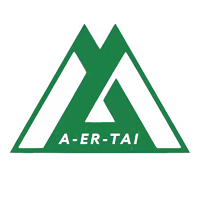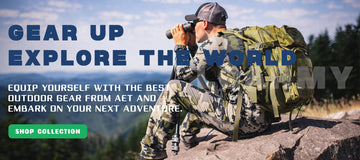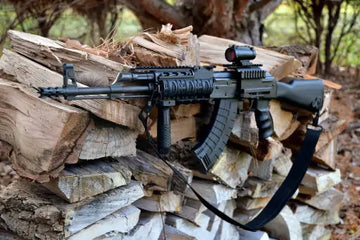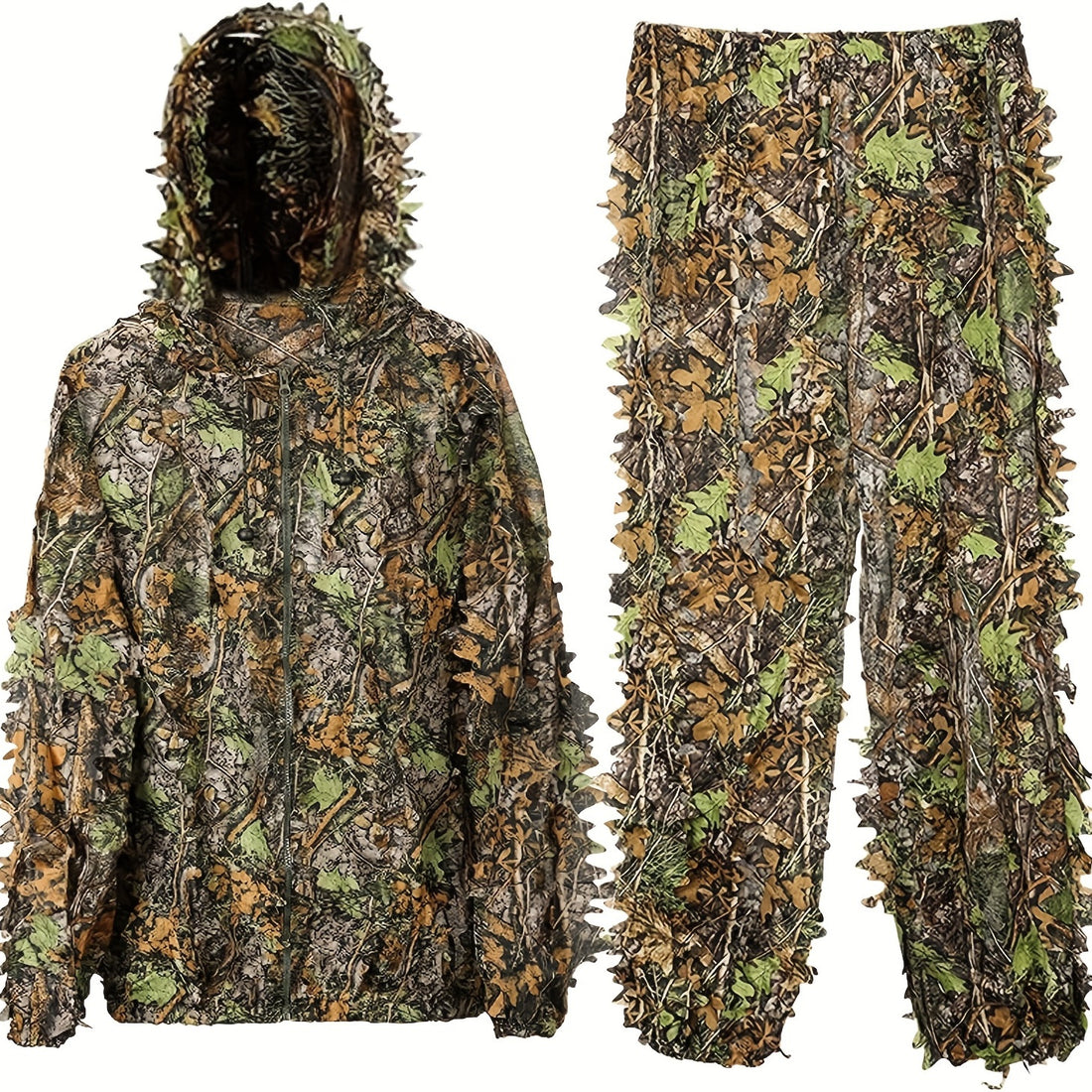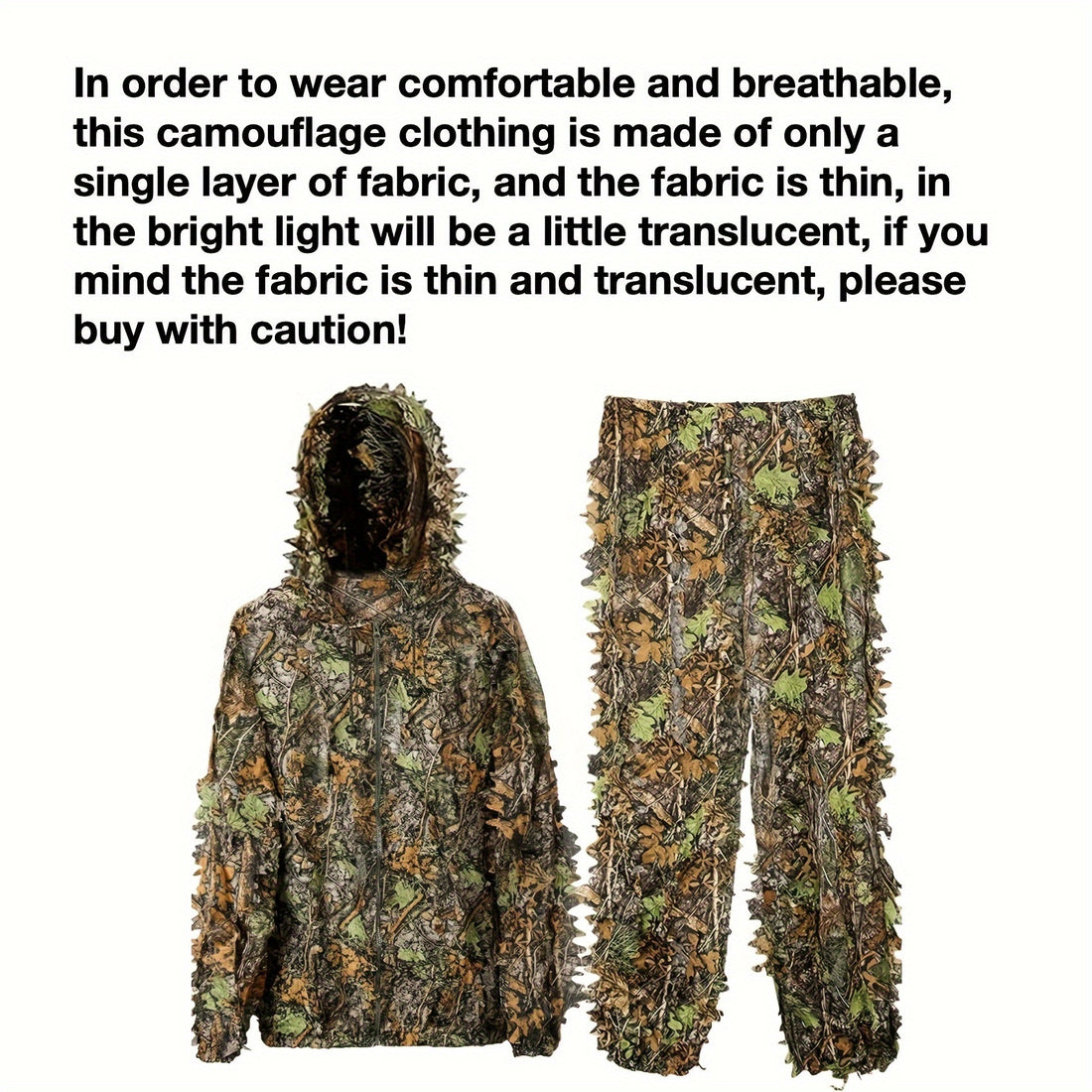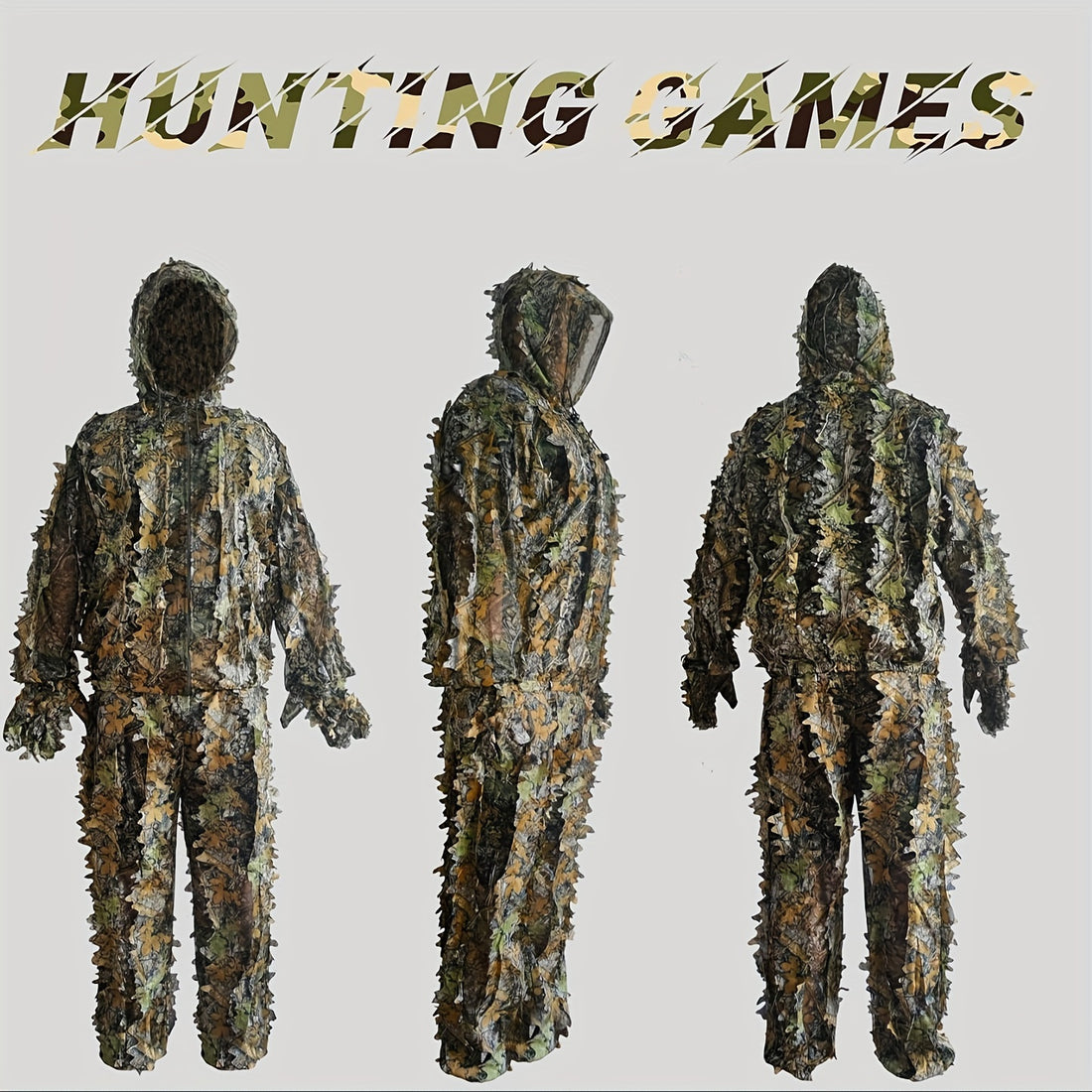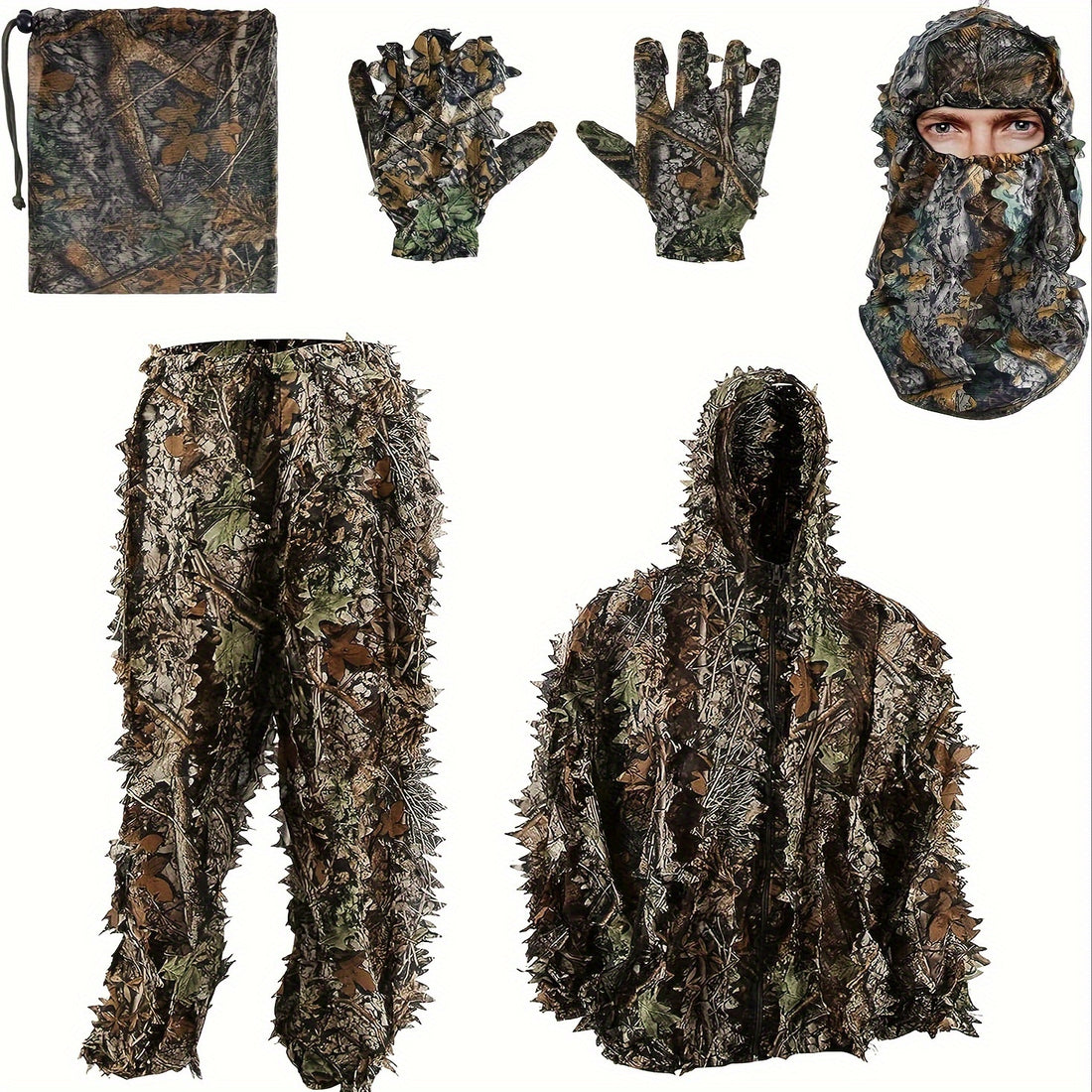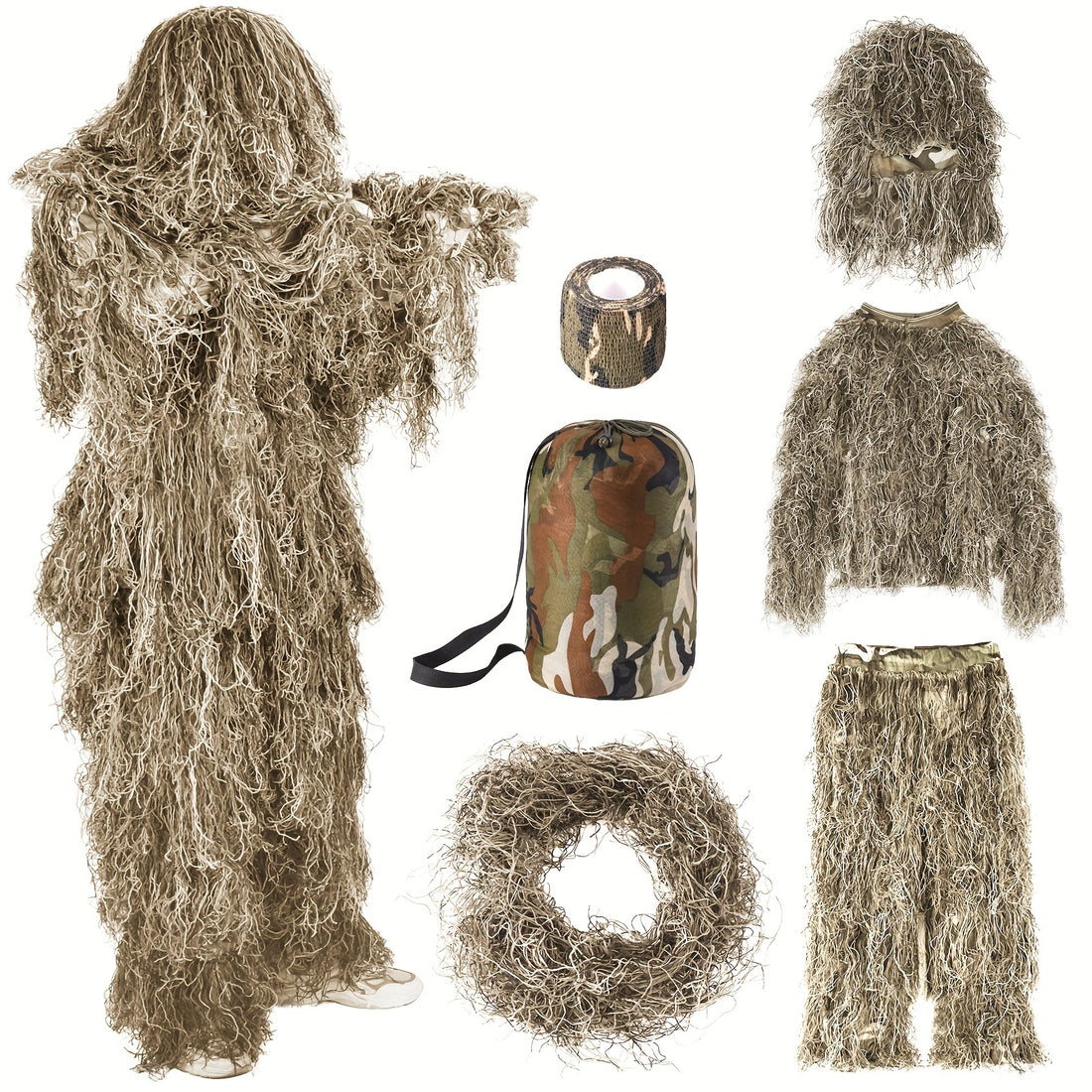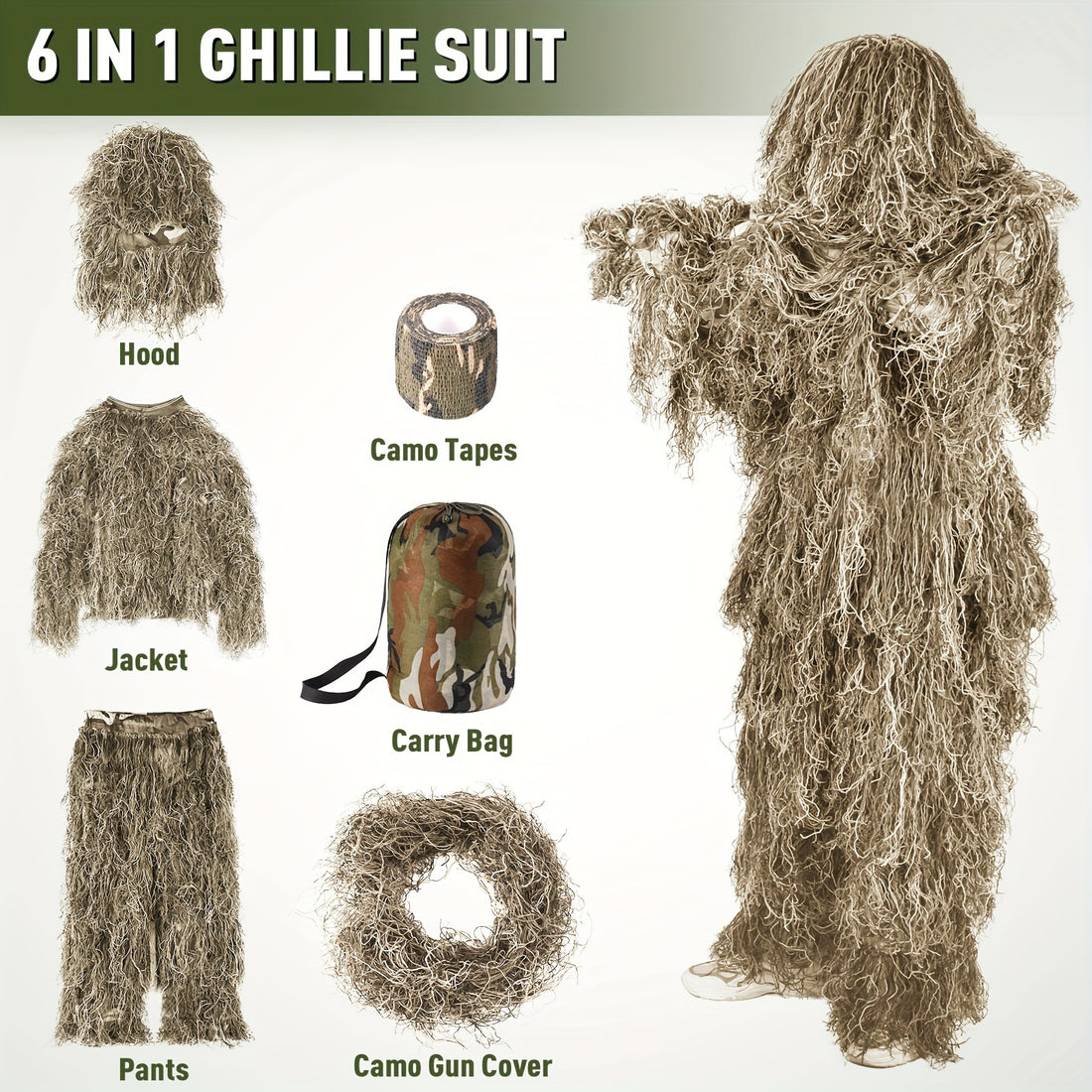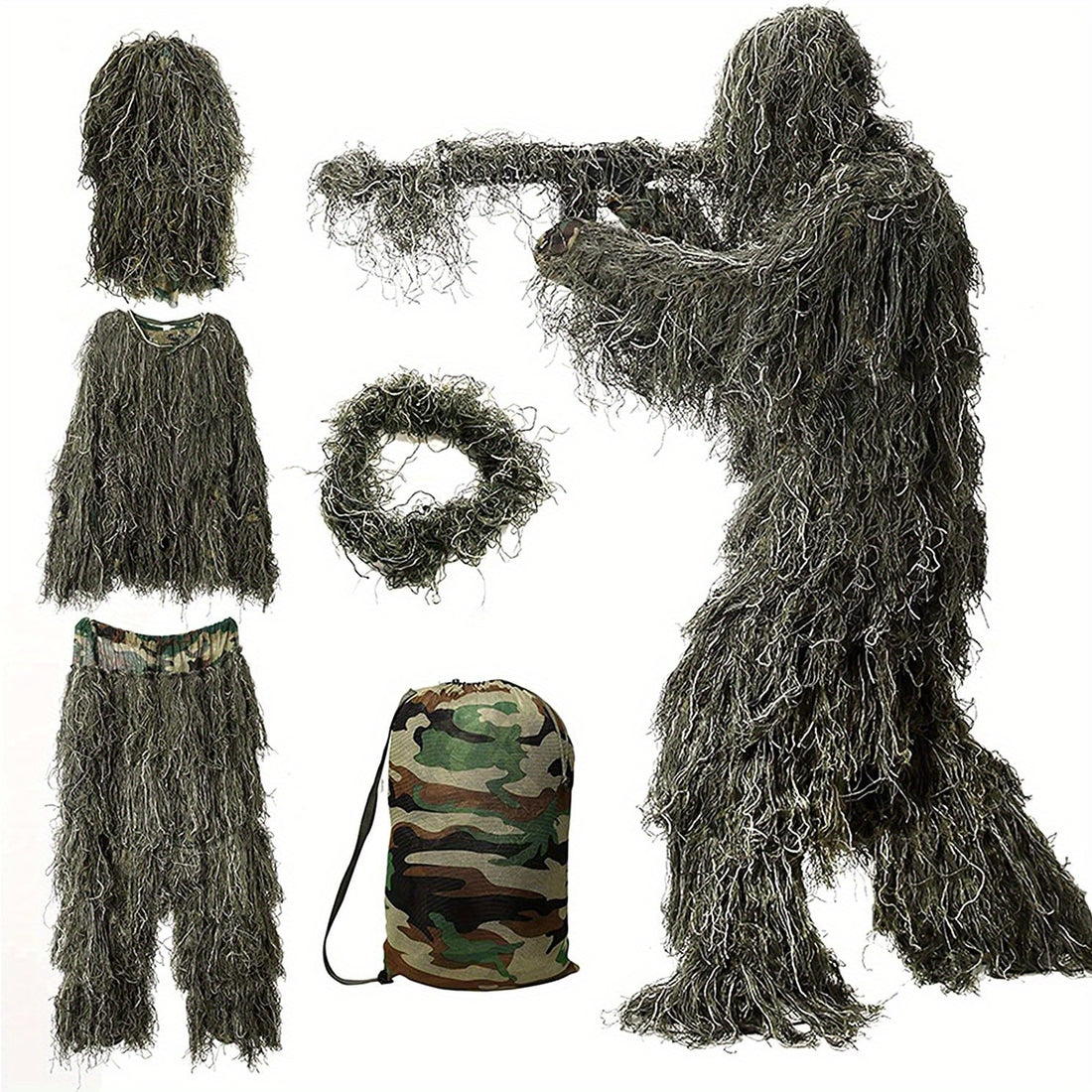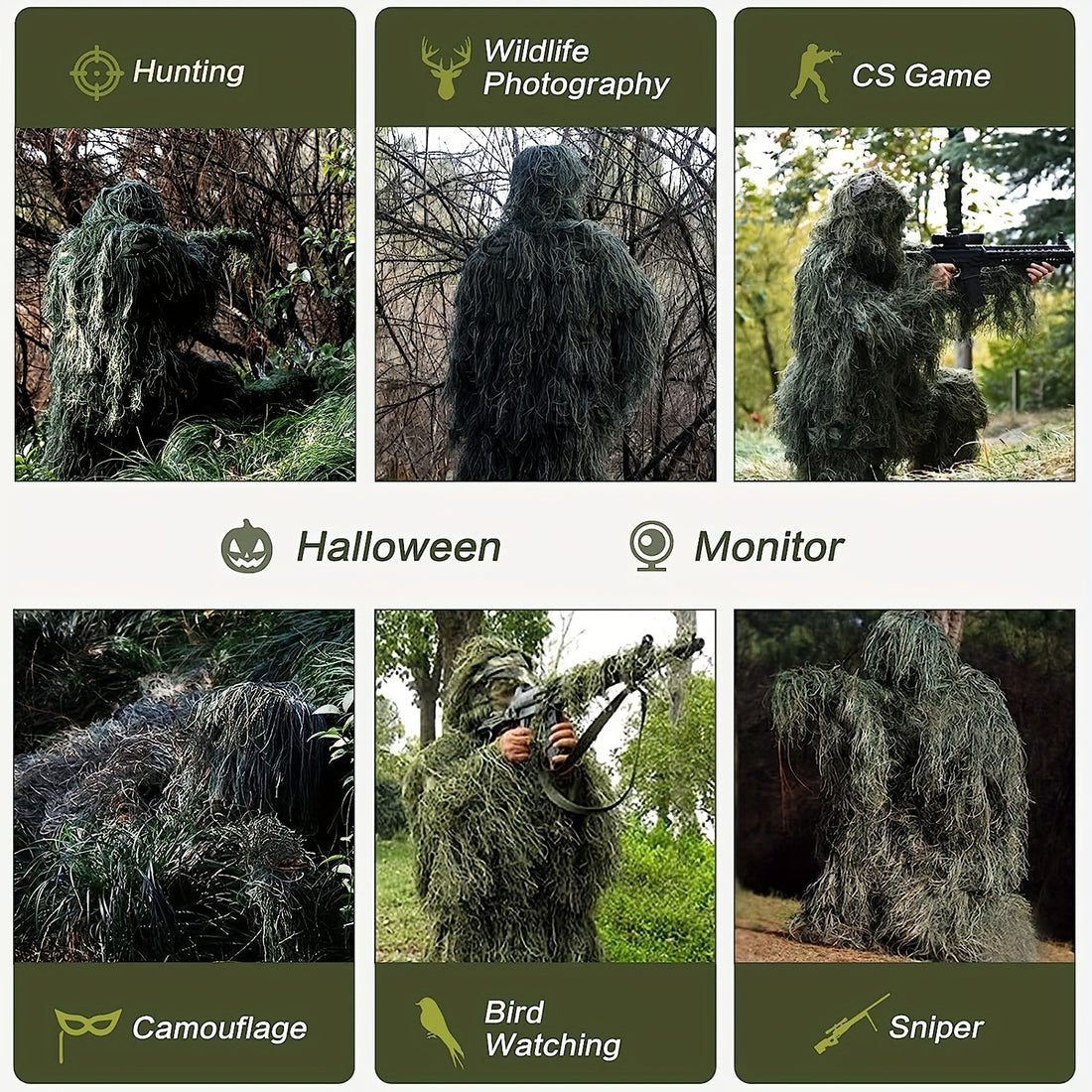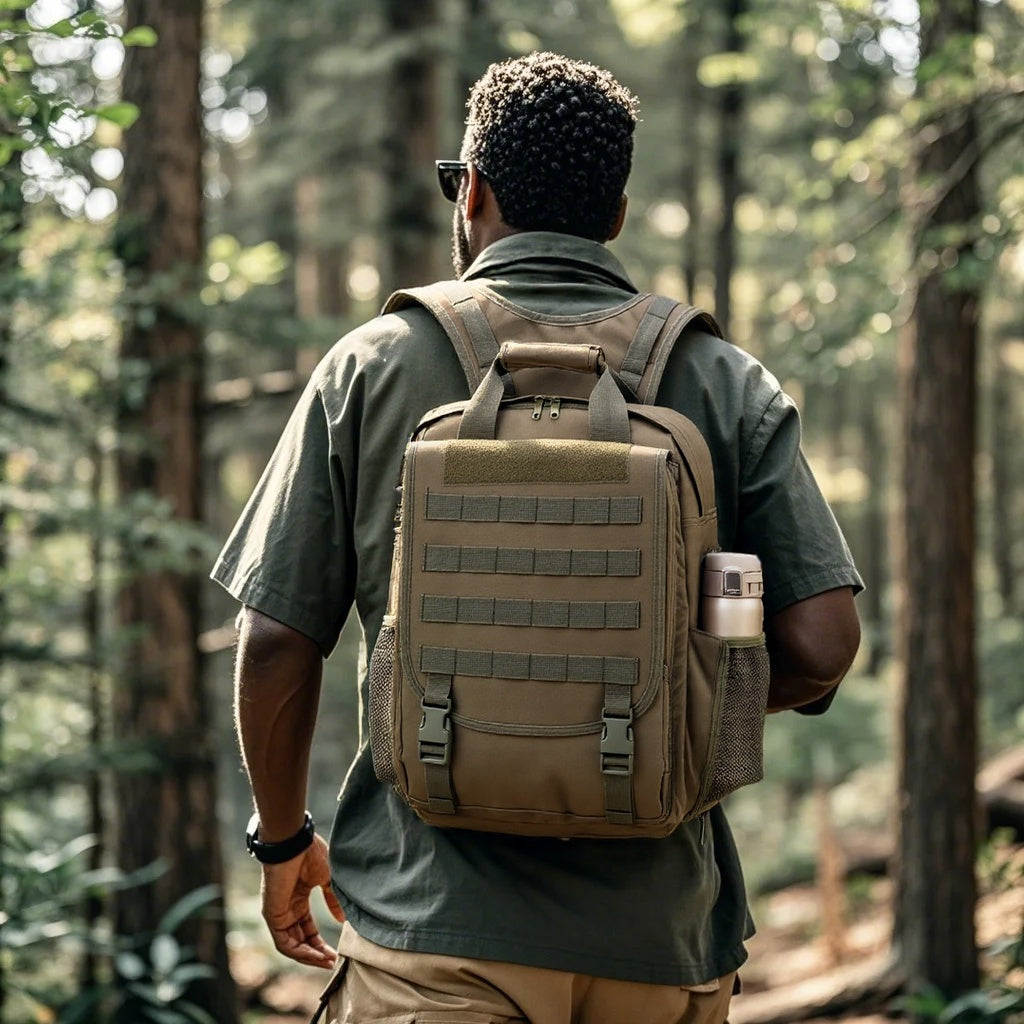Backpacks are more than just bags—they’re your travel companions, workhorses, and gear organizers. But not all backpacks open the same way.
Whether you’re hiking a mountain trail, commuting to the office, or jetting off on a weekend adventure, the right design can save you time, effort, and frustration.
Let’s explore the different backpack opening types, their strengths and quirks, and how to pick the one that fits your life—complete with tips to maximize their potential.
1. Front-Loading Backpacks
Picture this: you’re at the airport, and instead of rummaging through a deep sack, you unzip a wide U-shaped panel to reveal your entire packing setup. That’s the magic of front-loading backpacks. The zipper spans the front, often with a clamshell-style opening, giving you a clear view of everything inside.
Advantages:
-
Easy access: No digging required—grab your charger or socks in seconds.
-
Organization: Multiple pockets and compartments keep gear separated (think clothes in one section, gadgets in another).
- Travel-friendly: Ideal for frequent flyers or anyone who likes a suitcase-like experience.
Drawbacks:
- Uneven packing can shift weight forward, pulling the bag away from your back. High-quality designs with internal frames help counter this.
- Zippers are a potential weak point if they’re low-quality or overpacked.
Best for: Travelers, commuters, and anyone who values accessibility over rugged simplicity. Brands like Osprey often excel here with models like the Farpoint series.
Tip: Pair with packing cubes to keep small items tidy and easy to find.

2. Top-Loading Backpacks
The classic hiker’s choice, top-loading backpacks feature a single, wide opening at the top, often cinched with a drawstring and covered by a flap.
Some designs use a “floating lid” (a detachable flap with buckles) for added expandability and quick-access pockets.
Think of them as the cylindrical packs you’d spot on a trailblazer’s back, stuffed with rolled sleeping bags and tents.
Advantages:
-
Durability: Fewer zippers mean fewer failure points—perfect for rough terrain.
-
Lightweight: Simple construction sheds unnecessary ounces.
- Expandable: Many have an extended collar to cram in extra gear.
Drawbacks:
- Bottom items are hard to reach without unpacking—plan ahead.
- Less organization unless you add your own system.
Best for: Multi-day hikes, camping, or minimalist adventurers.
Tip: Stash daily essentials (snacks, maps) in the top or side pockets, and use stuff sacks to segment deeper items.

3. Side-Loading Backpacks
Side-loading backpacks offer a clever twist: zippers along the sides let you slip into the main compartment without touching the top. Imagine pulling your laptop from the bottom of your bag while keeping your books and lunch undisturbed.
Advantages:
-
Quick retrieval: Access buried items without unpacking.
-
Specialized storage: Often includes padded laptop sleeves or organizer pockets.
- Versatile: Balances accessibility with a sleek profile.
Drawbacks:
- Extra zippers add weight and complexity.
- Side access might not suit bulky, oversized gear.
Best for: Students, professionals, and urban dwellers.
Tip: Test the zippers before buying, as side zippers can be a point of failure in cheaper models. Look for YKK brands or lockable options for durability and security.
4. Panel-Loading Backpacks
Similar to front-loaders but with a tactical edge, panel-loading backpacks open wide—often fully flat—like a book or clamshell. They’re a favorite among photographers, gear junkies, and anyone who craves meticulous organization.
Advantages:
-
Full visibility: Lay it flat and see every item at once.
-
Customizable: Padded dividers and pockets protect fragile gear (e.g., camera lenses).
- Secure: Often built with sturdy materials for high-value contents.
Drawbacks:
- Bulkier and heavier due to padding and structure.
- Less ideal for quick, on-the-go access.
Best for: Photographers, videographers, or tactical users. The Peak Design Everyday Backpack shines in this category.
Tip: Use foam inserts to cushion delicate items, and double-check the zippers’ weather resistance.

5. Roll-Top Backpacks
Roll-top backpacks bring flexibility to the table. The top folds down and secures with buckles, clips, or Velcro, letting you adjust the size to your load. Bonus: that rolled closure often makes them water-resistant.
Advantages:
-
Adaptable: Shrink it for a light day or expand it for bigger hauls.
-
Weatherproof: The roll-top design keeps rain out—great for kayaking or biking.
- Stylish: A sleek, modern look that’s trending in urban settings.
Drawbacks:
- Rolling and unrolling takes a moment, though newer models add side zippers for speed.
- Less structured, which might not suit heavy, rigid items.
Best for: Cyclists, water sports enthusiasts, or eco-conscious users (many use recycled materials).
Tip: Seek hybrid designs with side or front access for convenience without sacrificing the waterproof perk.

Check our tactical backpack collection
Choosing the Right Backpack for Your Needs
So, which type is your match? Start with your primary use.
-
Hiking or camping? Top loaders prioritize durability and capacity.
-
Traveling? Front- or panel-loaders keep you organized.
-
Daily grind? Side-loaders offer quick grabs for laptops or notebooks.
-
Specialized gear? Panel loaders protect and organize.
- Wet conditions? Roll-tops have the edge.
Next, think about your gear. Fragile items (cameras, tech) thrive in panel-loaders, while bulky loads (tents, jackets) fit top-loaders.
Comfort matters too—test the straps, back padding, and hip belt in-store if you can. Load it up to feel how the weight sits. For heavy-duty use, prioritize tough materials like ballistic nylon.
Maintenance Tips for Longevity
Taking care of your backpack helps it last longer and performs well. Here are some maintenance tips for each type:
-
Front-Loaders: Lubricate zippers with wax or silicone spray to prevent snags.
-
Top-Loaders: Wash the drawstring and flap to avoid grit buildup.
-
Side-Loaders: Clear debris from side zippers with a brush.
-
Panel-Loaders: Spot-clean padding and check seams for wear.
- Roll-Tops: Rinse the closure after wet trips to maintain its seal.
For all types, store them dry and avoid overloading beyond capacity—your zippers and straps will thank you.
Conclusion: Your Perfect Pack Awaits
The right backpack opening type isn’t just about function—it’s about how it fits into your world. Are you a planner who loves order, or a free spirit who stuffs and goes? Whatever your style, there’s a design out there to match—find it, load it, and get moving.
